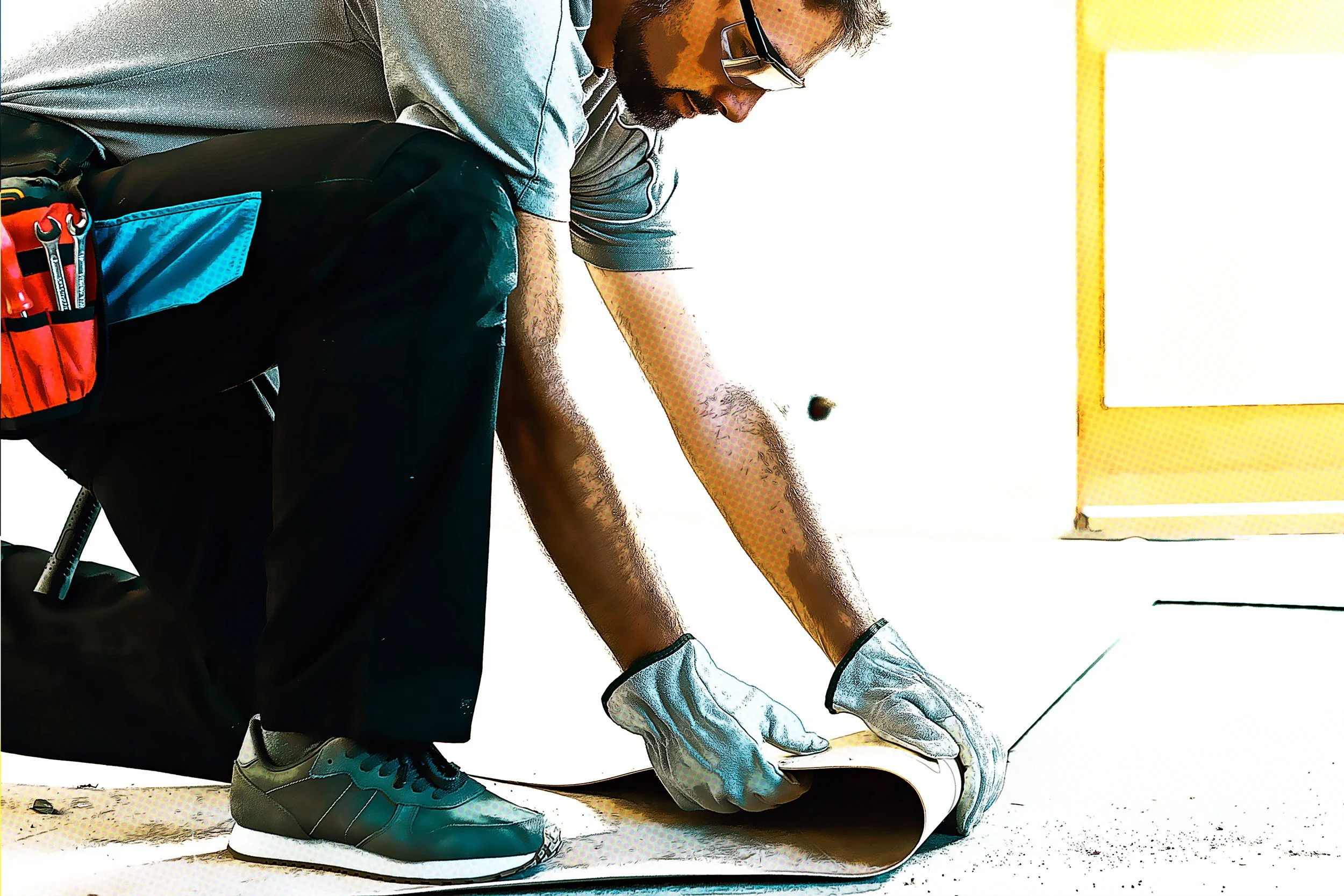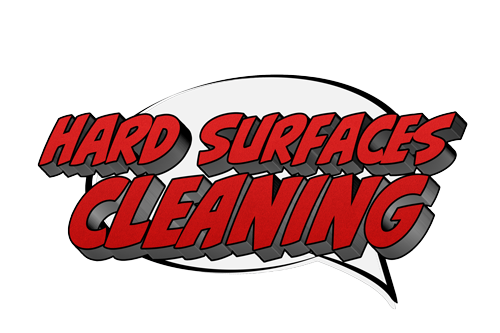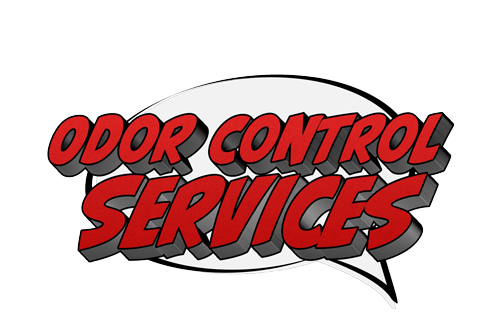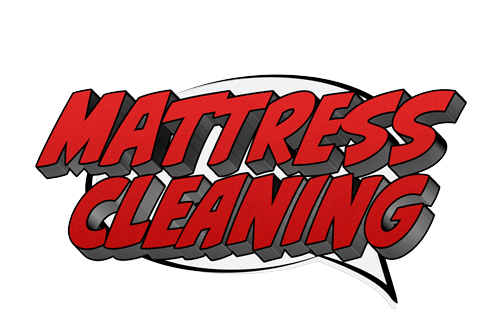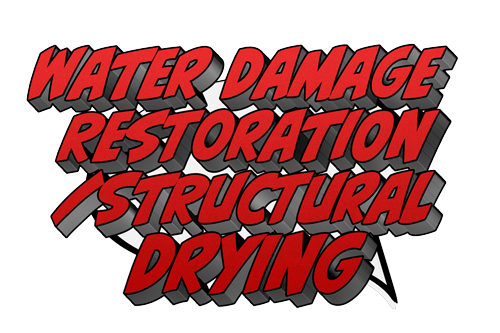Carpet Repairs
Carpet damage doesn’t always mean replacement. At Mighty Mac, our skilled technicians can restore the look, feel, and function of your carpets with professional repair solutions. From small spot fixes to more extensive restorations, we provide cost-effective options that extend the life of your flooring and keep your home looking its best.
Patching
We seamlessly replace damaged sections of carpet, blending new material with your existing flooring for a natural look.
Re-Stretching
Ripples, wrinkles, or buckling can make carpets look worn and create tripping hazards. Our re-stretching service restores a smooth, secure surface.
Seam Repairs
We fix split, frayed, or separated seams, ensuring your carpet stays tight and intact.
Cushion, Tack Strips & Thresholds
From replacing worn-out padding to installing new tack strips and thresholds, we bring comfort, support, and durability back to your carpet.
Color Correction
Accidents happen—but stains and discoloration don’t have to be permanent. Our spot dyeing techniques restore carpet and upholstery color to keep them looking fresh and uniform.

Carpet Repair Information
-
Carpet Construction
Most wall-to-wall carpets are tufted products.
They consist of:
Primary backing (polypropylene or jute)
Face yarns punched through backing
Latex coating
Secondary backing (polypropylene) providing strength and rigidity.
Styles: Cut pile (loops cut), loop pile (loops intact), or a combination of both.
Carpet Fibers (Face Yarns)
Nylon (≈60% of residential market)
Durable, springy, moderate price.
Can be dyed in unlimited colors.
Naturally stain resistant but vulnerable to bleach.
Needs reapplication of stain protectors (like Scotchgard) over time.
Olefin / Polypropylene (≈25%)
Common in loop pile/“Berber” styles.
Inexpensive, highly stain resistant (except oil-based spills).
Vat dyed = resistant to bleach, but limited colors.
Lacks resilience; crushes easily, creating permanent dark traffic lanes.
Polyester (PET & PTT/Triexta) (≈15%)
Made from recycled plastics (PET).
Vat dyed, bleach resistant, similar look to nylon.
Historically weaker against pilling and wear (though improved with PET/PTT).
Less durable than nylon.
Wool (≈1%)
Natural fiber, long-lasting, resilient, fire-resistant.
Accepts dyes easily, producing vivid colors.
Expensive, vulnerable to bleach, insects, and mold.
Susceptible to permanent stains from highly pigmented spills.
Key Takeaway: Carpet construction and fiber type determine durability, appearance, stain resistance, and price. Nylon is the most popular and versatile; olefin is inexpensive but crush-prone; polyester is growing but less durable; wool is premium, beautiful, but costly and delicate.
-
Dyes give textiles their color but can react with chemicals, gases, or pollutants, leading to discoloration. These changes are often mistaken as cleaning damage, but they usually result from aging fibers, environmental exposure, or certain household products.
Causes of Color Changes
Fume Fading: Caused by air pollutants (nitrogen/sulfur oxides), accelerated by sunlight, heat, and humidity. Common shifts include blue→pink, green→yellow, and brown→red.
Ozone Fading: Triggered by ozone near electric motors, fluorescent lights, or storms. Leads to lightening, whitening, or similar color shifts as fume fading.
Spotting Agents: Products like Resolve® (with brighteners) and OxyClean® can displace or strip dyes, especially in nylon fibers, leaving gray or faded spots.
Benzyl Peroxide: Found in acne/athlete’s foot creams, displaces dyes and causes permanent light spots.
Indicator Dyes: Some fibers use dyes sensitive to pH.
Alkaline-sensitive: Change color with ammonia or high-pH detergents, can often be reversed with vinegar.
Acid-sensitive: Change color with acids (like vinegar), sometimes reversible with ammonia.
Chemicals & Aging: Strong chemicals or natural dye aging may cause irreversible changes.
Key Notes
Many discolorations start at fiber tips and spread downward.
Cleaning often reveals underlying damage or fading rather than causing it.
Some changes are correctable (with neutralizing treatments or pH adjustments), but others are permanent.
Takeaway: Color changes are typically due to environmental factors, chemicals, or dye properties—not cleaning errors. Professional assessment can determine whether restoration is possible.
-
What It Is
Crush is a permanent or semi-permanent change in carpet pile height or texture that makes areas appear flat, worn, or gray. It results from fiber type, weight, or repeated pressure.Common Causes
Fiber limitations:
Olefin/Polypropylene carpets (like Berber) are prone to crushing within months.
They lack resilience (“spring”), leaving traffic lanes looking dirty or gray.
This is not a warranty issue and cannot be corrected.
Heavy furniture:
Causes quick crushing across all fiber types.
May also damage backings or pads.
Steaming fibers upright may help, but results are often temporary.
Severe cases (pad/backing damage or delamination) are permanent.
Foot traffic:
Heavy use over time leads to crush, especially on stairs where pressure is concentrated.
Foot twisting/rotation:
Common at stairs or turns, producing swirl-like “pooling” patterns.
Roll crush:
Happens when carpet rolls are stacked too heavily during storage/transport.
Appears immediately upon installation.
Sometimes treatable, but severe cases are a manufacturer warranty issue.
Key Takeaway: Carpet crushing can stem from fiber type, furniture, or usage. Some cases can be improved (like steaming or cushion replacement), but many—especially olefin traffic lanes or severe roll crush—are permanent and not covered by warranties.
-
What It Is
Filtration soiling appears as dark lines along walls, baseboards, stair edges, under doors, or beneath draperies. It is not a carpet defect but rather the buildup of microscopic airborne pollutants (dust, smoke, oils, pollen, etc.) trapped by carpet fibers. Standard carpet cleaning cannot fully correct it.Causes
Ventilation system dynamics: HVAC systems create pressure differences. Air seeks the path of least resistance, often traveling under doors, through baseboards, or other gaps—depositing pollutants in the carpet along the way.
Indoor contributors: Cigarette smoke, cooking grease, burning candles.
Outdoor contributors: Open windows, unsealed ducts, pollen, and dust.
Poor filtration: Dirty HVAC filters or inefficient vacuum cleaners worsen the problem.
Carpet limitations: Filtration soil penetrates deeply into fibers and is harder to remove from wool and olefin carpets due to their structure and chemistry.
Why It’s Hard to Remove
Vacuum cleaners and cleaning wands can’t reach edges where soiling settles.
Soil bonds chemically with fibers, especially in olefin, or gets trapped in wool’s cuticle.
More visible and stubborn on light-colored carpets.
Solutions
Removal requires special co-solvent cleaners and hand scrubbing.
The process is time-consuming and costly, but can improve appearance.
Complete removal may not be possible, especially in severe or long-term cases.
Key Takeaway: Filtration soiling is caused by HVAC airflow and airborne pollutants, not poor carpet quality. While specialized cleaning can reduce the staining, prevention through better air filtration, sealing ducts, and reducing indoor pollutants is the most effective approach.
-
What They Are
Ripples are raised, uneven areas in wall-to-wall carpets or area rugs. They are unsightly, can be hazardous, and if not corrected, may cause permanent damage such as pile reversal, delamination, or tuft loss.
Causes in Wall-to-Wall Carpets
Manufacturing issues: Uneven tension in primary or secondary backings can create ripples right from installation.
Installation problems: Failure to use a power stretcher (only using a knee kicker) or carpet detaching from tack strips.
Everyday factors:
Dragging heavy furniture.
Rapid heating/cooling or humidity changes.
Moisture or spills causing fibers to relax.
Carpet cleaning (temporary rippling until dry).
Delamination: Separation of carpet backings due to spills or poor latex application, leaving localized weak, floppy areas.
Fixes for Wall-to-Wall
Re-stretching the carpet using a power stretcher, usually requiring furniture removal and stretching the entire room.
Trimming excess carpet, repairing seams or cutouts, and cleaning afterward to relax fibers.
For delamination, the carpet is pulled back, new latex applied, and the carpet re-secured.
Causes in Area Rugs
Usually due to yarn shrinkage or construction methods.
Edges may appear uneven or rug skewed.
Fix for Area Rugs
Rugs are soaked, then stretched on a temporary “portable floor” with tackless strips to square them as they dry.
Because rugs aren’t permanently tensioned like wall-to-wall carpet, rippling may redevelop over time.
Key Takeaway: Ripples come from manufacturing, installation, environment, or use. Wall-to-wall ripples are best corrected with professional re-stretching; area rug ripples require wet stretching but may recur. Severe delamination or manufacturing defects often require replacement.
-
Shedding
Shedding is normal in new carpets as short or loose fibers left from manufacturing work their way out.
It does not damage the carpet or reduce its lifespan.
Regular vacuuming reduces shedding over time.
Excessive or long-term shedding may indicate a manufacturing defect in the latex holding fibers together.
Pilling
Pilling occurs when fibers twist together into small balls (similar to sweater fuzz).
Common in polyester carpets and sometimes nylon.
Pills usually appear in high-traffic areas and can be removed with a sweater shaver or scissors.
Pills that vacuum out naturally are not a concern.
Loose Loops
Found in loop-style carpets, often at seams or edges.
Loops should be trimmed flush with scissors, never pulled.
For visible gaps, loops can be carefully re-glued with hot melt glue.
Pets and damaged vacuum beater bars are common causes of loop snags, which can lead to long pulled rows.
Repairs: Technicians can fix rows of damaged loops or patch areas if spare carpet is available.
Key Takeaway: Shedding, pilling, and loose loops are common maintenance issues with carpets. Most are normal and manageable, though severe shedding or loop damage may require professional repair.
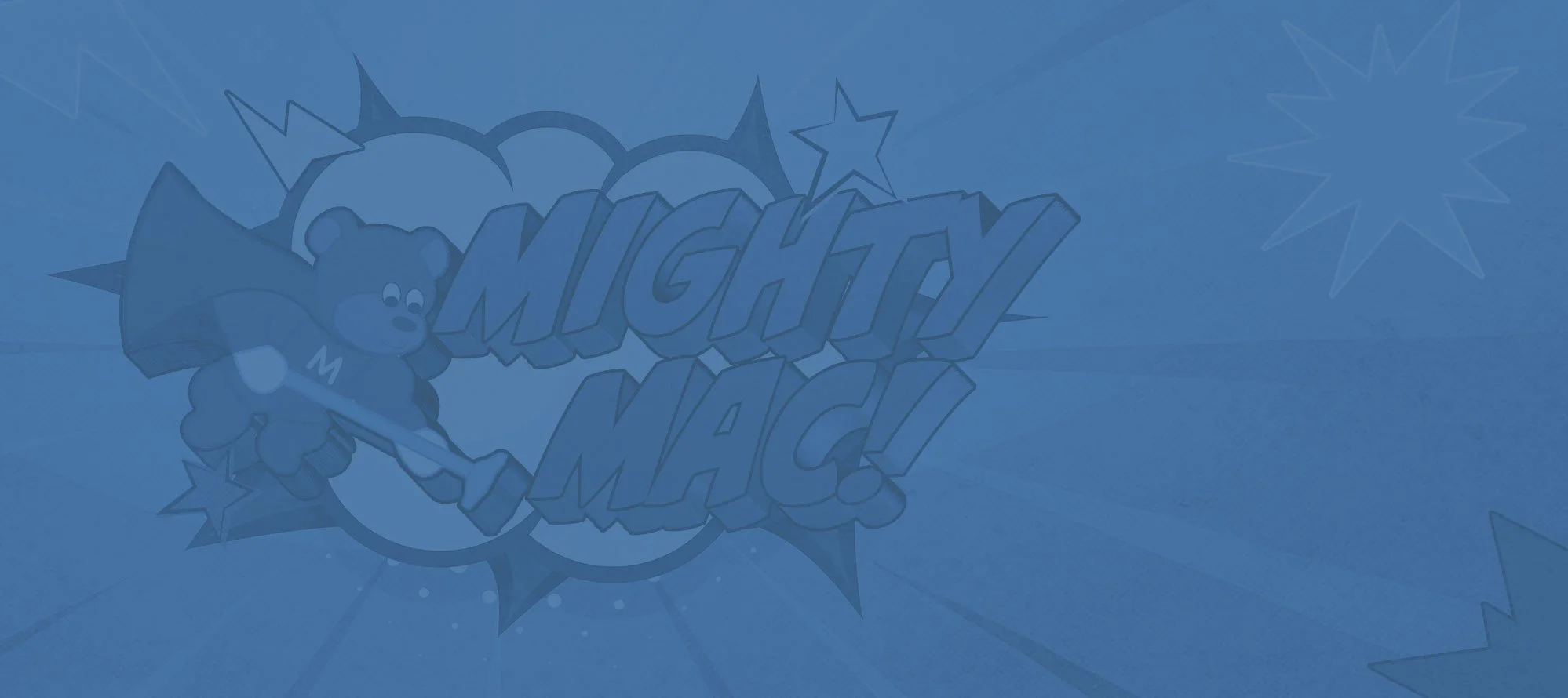
Mighty Mac Services
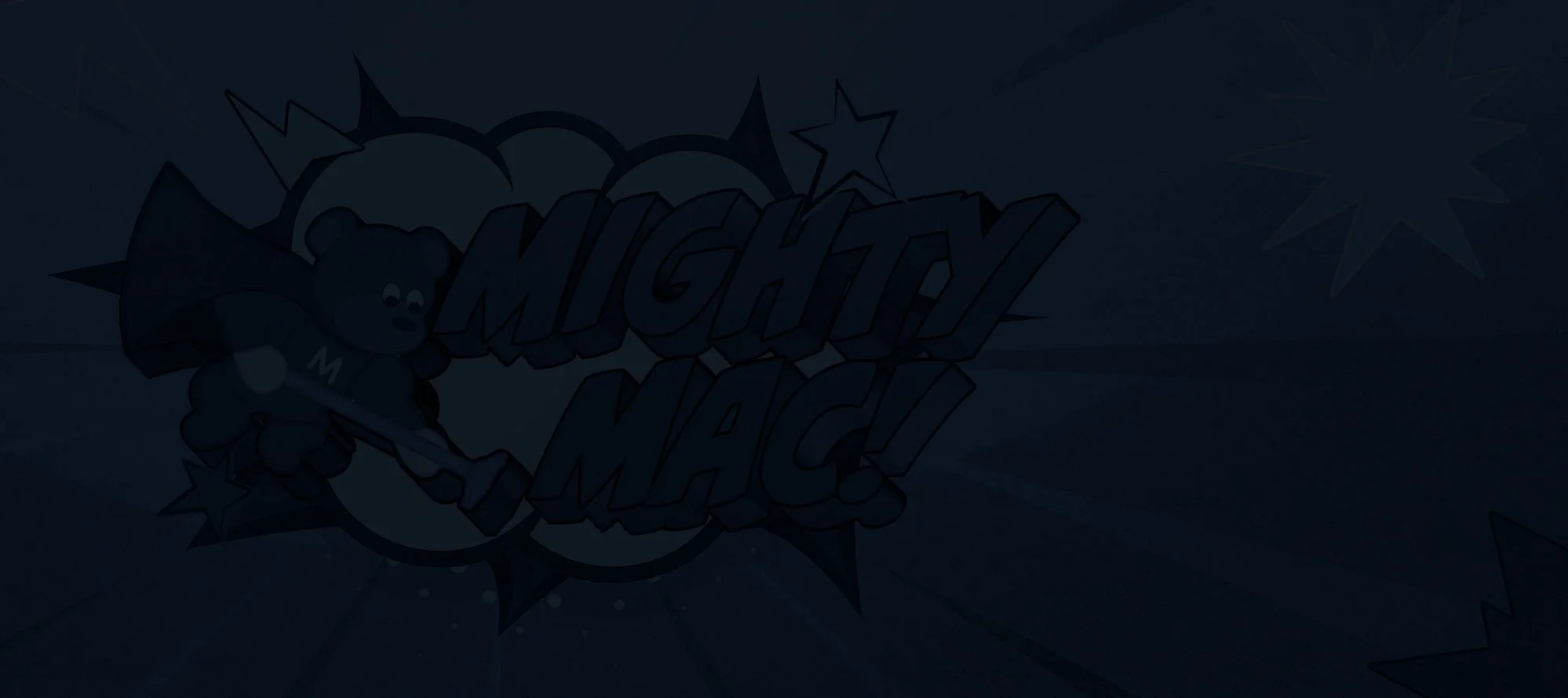
Contact Us
For your next cleaning project, large or small, trust the experts who have been serving Hilton Head and Bluffton since 1988. Contact Mighty Mac Clean today and experience why we’re the Lowcountry’s #1 choice.


